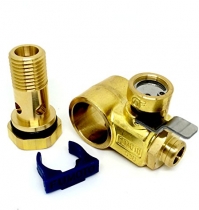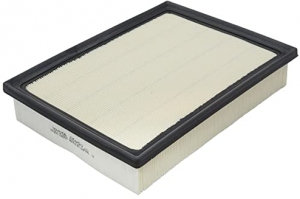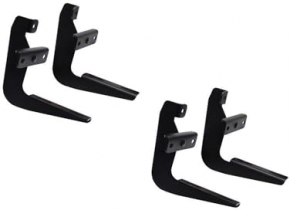-
Welcome to 4Runners.com!
You are currently viewing as a guest! To get full-access, you need to register for a FREE account.
As a registered member, you’ll be able to:- Participate in all 4Runner discussion topics
- Transfer over your build thread from a different forum to this one
- Communicate privately with other 4Runner owners from around the world
- Post your own photos in our Members Gallery
- Access all special features of the site
Falken Wildpeak LT or Standard Load
Discussion in '5th Gen 4Runners (2010-2024)' started by ffingoof, Jul 15, 2020.


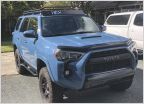 Awnings…. On a Gobi
Awnings…. On a Gobi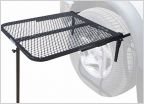 Instant table
Instant table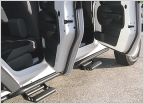 Nfab Rock Rail
Nfab Rock Rail Wind deflector for TRD Pro roof rack?
Wind deflector for TRD Pro roof rack?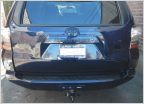 2021 SR5 Exhaust Tips
2021 SR5 Exhaust Tips Running boards
Running boards